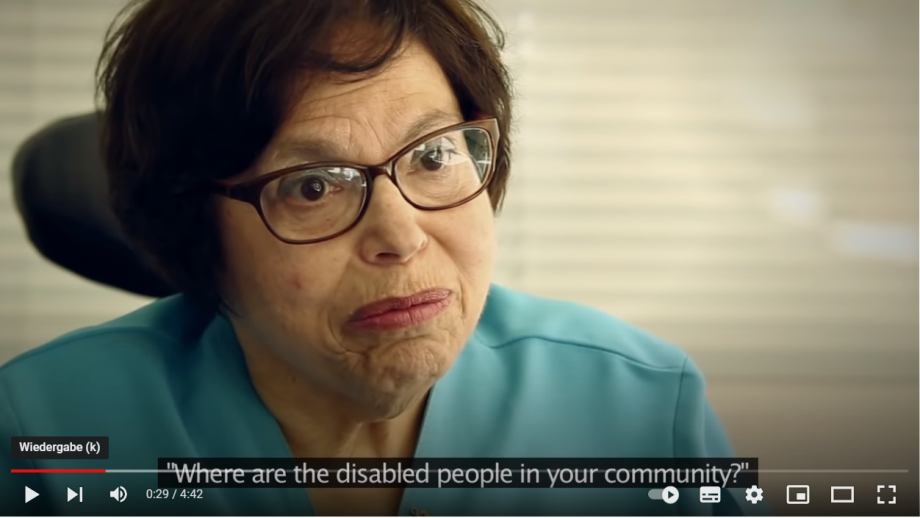UN Convention on the Elimination of all forms of Discrimination Against Women (CEDAW)
The UN Convention on the Elimination of all forms of Discrimination Against Women (CEDAW) dates from 1979.
The right of participation of women and girls is stipulated at various points in the convention:
- the convention states that discrimination against women is an obstacle to the participation of women in the political, social, economic, and cultural life of their countries;
- the participation of women on equal terms with men is qualified as a pre-requisite for the development of a country, the welfare of the world and the cause of peace;
- States Parties to the convention are called to encourage the provision of the necessary support services to enable the participation of women and girls and prevent their discrimination on the grounds of marriage or maternity.
Stigma, stereotypes and other negative attitudes and behaviours are a major obstacle for the participation of all marginalised groups. Recommendations of the CEDAW committee to overcome these obstacles for women and girls are relevant for women and girls with disabilities and for persons with disabilities overall. For example, in its General Recommendation N° 36 (2017) on the right of girls and women to education, the CEDAW committee recommends encouraging the media to project positive and non-sexualised images of women, to revise and develop non-stereotypical curricula, textbooks, and teaching materials in schools and to promote more balanced, healthy and positive projections of the images and voices of women and girls. Not only is this relevant also for women and girls with disabilities (who the CEDAW committee mentions). Using positive and non-stereotypical imagery of disability in the media and preventing stigma through disability-sensitive education is likely to have a positive impact for all persons with disabilities, regardless of gender, including their right to participation.
The categorisation of women and girls as passive ‘vulnerable groups’ in need of protection from the impacts of disasters hinders their effective participation in disaster risk reduction
In its General Recommendation N° 37 (2018) on the gender-related dimensions of disaster risk reduction in the context of climate change the CEDAW committee notes that the categorisation of women and girls as passive ‘vulnerable groups’ in need of protection from the impacts of disasters hinders their effective participation in disaster risk reduction. This is an experience familiar to persons with disabilities, as their contributions are often excluded or overlooked due to similar prejudices. The strategy to develop the leadership capacity of women (with and without disabilities), at various levels of government and within local communities, is a strategy that can be adopted for improving the participation of persons with disabilities in disaster risk reduction.
It should be mentioned that most human rights frameworks have been adopted long before the introduction of the UN Convention on the Rights of Persons with Disabilities (CRPD). They, therefore, don’t reflect the profound paradigm shift the CRPD signalled, moving from a medical and charity model to a human rights model of disability that recognises the inherent human dignity, autonomy, freedom of choice, and independence of persons with disabilities. However, these frameworks apply to persons with disabilities and sometimes directly reference them. The CRPD, on the other hand, makes several references to women and girls (with disabilities) and the need to promote their rights and prevent discrimination. Approaches recommended by the CRPD committee in its General Comment N° 3 on Article 6 (women and girls with disabilities) to improve the participation of women and girls with disabilities are relevant for all women and girls.
